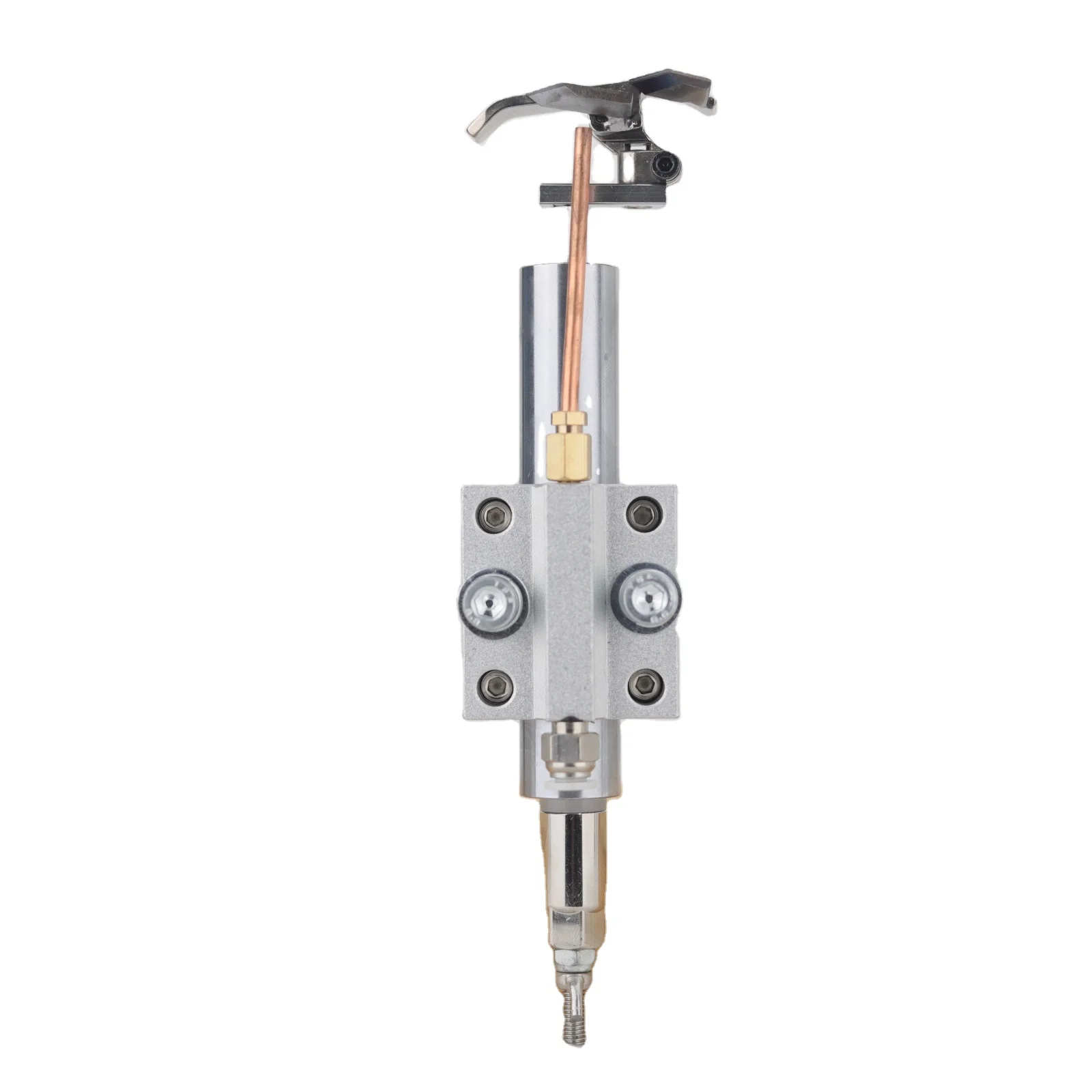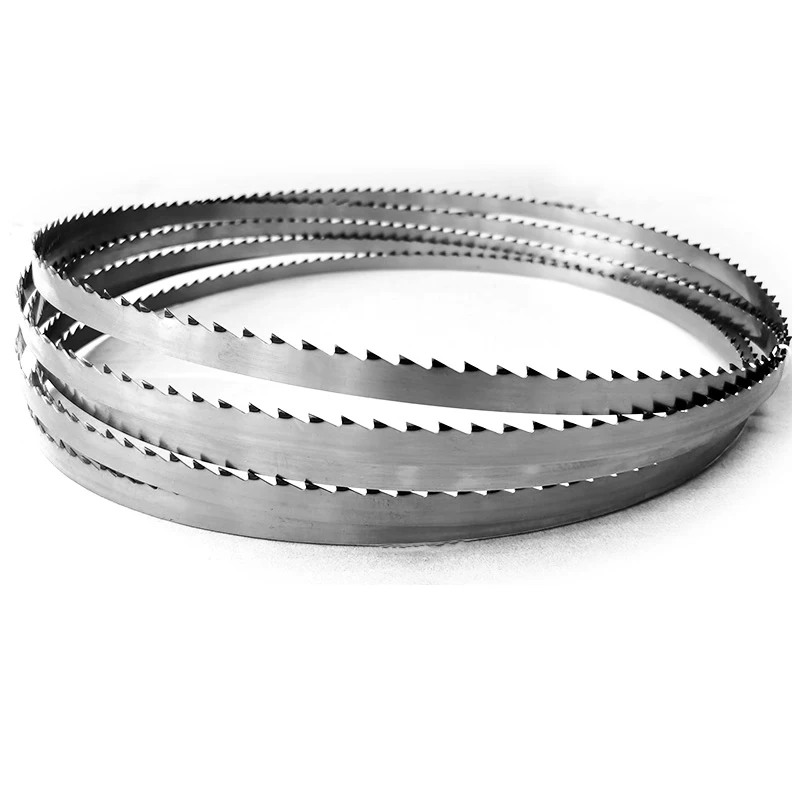Unit 1301-2, No. 365, Chengyi Street, Software Park Phase Iii, Xiamen, Fujian, China +86-18650178166 manager@xmstrongtech.com +86-15159201675 Xiamen Strongtech Co., Ltd.
Unit 1301-2, No. 365, Chengyi Street, Software Park Phase Iii, Xiamen, Fujian, China +86-18650178166 manager@xmstrongtech.com +86-15159201675 Xiamen Strongtech Co., Ltd.
Maintaining optimal performance in your wood planer requires diligent cleaning of cutting components, particularly to prevent resin buildup. Resin accumulation can cause blade damage, affect precision, and ultimately hinder the quality of your workpiece. Regular removal of this sticky substance is crucial. To start, ensure you unplug the planer for safety. Use a soft cloth dampened with a suitable solvent, such as mineral spirits or a specialized resin remover, to gently rub away the buildup. A plastic scraper can also be handy for persistent spots. By routinely cleaning these components, you'll not only enhance your wood planer's precision but also extend its lifespan.
Statistics from woodworking industry experts reveal common issues faced by neglected resin removal, which includes uneven cutting and frequent blade replacements. This emphasizes the value of consistent maintenance. By actively engaging in a regular cleaning routine, you can avert these issues and ensure your planer operates smoothly. Ultimately, taking a bit of time to manage resin buildup can save significant costs and ensure superior woodworking results.
Effective dust management is a key factor in maintaining your wood planer's efficiency and longevity. Dust and shavings can accumulate rapidly, creating blockages and potentially damaging the machine. Therefore, adopting a robust dust management strategy is essential. Incorporate dust collection systems like bag filters or cyclones, which capture and contain the debris, thus reducing the risk of internal clogging. Regularly emptying these systems and cleaning the planer's inner surfaces can vastly improve the machine's performance.
Adhering to industry standards for keeping your workspace clean is equally important. Use a vacuum system to capture dust at the source and ensure the surrounding area is free from excessive dust exposure. Woodworking organizations often recommend these best practices, highlighting their role in maintaining a safe and efficient work environment. By implementing these strategies, you not only enhance your planer's lifespan but also promote a healthier workspace.
Recognizing dull blades in woodworking planers is crucial for maintaining quality and efficiency. Dull blades often cause visible tear-out on wood surfaces and require more force during cutting, indicating increased resistance. Regular checks, like inspecting the wood surface and monitoring cutting ease, are important preventive measures. Experts emphasize that dull blades significantly affect the smoothness and precision of cuts, leading to poor-quality finishes and increased wear on the machine. Therefore, keeping blades sharp not only enhances the fineness of the woodworking project but also boosts productivity during planing.
Sharpening industrial blades involves multiple methods tailored to ensure precision and alignment for optimal performance. Manual sharpening, often using whetstones or sharpening jigs, allows for intricate control and meticulous care. For a more efficient approach, sharpening machines designed for industrial blades can be employed to achieve uniform sharpness. It is essential to choose the right equipment based on blade type and size; following a systematic step-by-step sharpening procedure guarantees accuracy and efficient cuts. A notable improvement in cut quality can be observed, as research indicates that well-sharpened blades reduce material wastage and enhance the smoothness of the finished product, promising better output for woodworking projects.
Establishing a replacement schedule for double-sided planer knives is fundamental, given the frequency of usage and wear. Recommended intervals often vary based on the degree of use but generally suggest replacements after a certain number of hours or board footage. Tracking knife performance, such as evaluating the cut quality and ease of operation, helps schedule timely replacements and avoids any potential downtime. To streamline this process, maintaining a stock of spare knives ensures readiness for quick swaps when necessary, allowing continuous productivity without interruption.
Rubber rollers play a critical role in the feed system of woodworking machines, ensuring smooth and efficient planer performance. These rollers grip the wood as it feeds into the planer, maintaining consistent pressure and preventing slippage. When these rollers accumulate dust, resin, or sawdust, their effectiveness diminishes significantly. The cleaning process involves using mild cleaning agents and carefully wiping the rollers to remove buildup. Neglecting this maintenance task can lead to feeding issues, where the wood gets stuck or moves unevenly, reducing the overall efficiency of the woodworking planer. Regular cleaning of rubber rollers is vital for optimizing feed system performance and safeguarding the consistency of the output.
The tension of the rubber rollers is paramount to the feeding mechanism of wood planers, as it directly influences how smoothly the wood is fed into the machine. This tension needs to be adjusted according to the type and thickness of the material being processed. Proper adjustment ensures that the rollers exert just enough pressure to securely grip the wood without causing damage. Incorrect tension can lead to inconsistencies, such as uneven cuts or tear out. Experts suggest conducting trial cuts and assessments to find the optimal tension setting for different materials. By understanding and controlling roller tension, users can improve feeding consistency and maintain the quality of the wood being processed, as supported by various empirical studies showing enhanced cut quality and reduced material wastage when roller tension is correctly set.
Waxing the table surface of a woodworking planer provides numerous advantages in facilitating smooth material feeding. Regularly waxing the table surface minimizes friction between the material and the planer, effectively reducing the risk of snags and ensuring seamless operation. To maintain a well-lubricated surface, it is best to use a high-quality furniture paste wax. Applying a thin layer in a circular motion with a clean, soft cloth enhances the surface layer, resulting in improved feeding efficiency. Expert woodworkers recommend waxing every six months, though more frequent applications might be necessary in high-use workshops to keep the surface optimally slick.
Table flatness is crucial in preventing snipe, a common issue in woodworking that can ruin the quality of cuts. An uneven table surface leads to inconsistent pressure on the wood, causing the cutter to lift material unevenly and create snipe, especially at the board's ends. Using a precision straightedge, I measure the table's flatness regularly and adjust any unevenness with fine-tuned leveling screws. Routine checks are essential, and a quick survey weekly can save later headaches. According to industry reports, a minor tilt of just 0.5mm can increase snipe occurrence by 20%, emphasizing the importance of maintaining a perfectly aligned table surface for optimal performance.
Ensuring smooth and efficient operation of an industrial wood planer heavily relies on proper lubrication of its moving parts. Regular lubrication reduces friction, prevents excessive wear, and ultimately extends the lifespan of the machinery. A well-organized lubrication schedule is indispensable; typically, bearings and shafts require oil, while gears might benefit from grease application. It's vital to choose the right type of lubricant tailored for different components to maintain optimal performance. Neglecting lubrication can lead to significant breakdowns, as evidenced by maintenance reports highlighting increased repair costs and machine downtime without routine attention.
Incorporating a monthly maintenance checklist for woodworking planer machines ensures proactive measures are taken to extend the machine's lifespan and improve efficiency. The checklist should cover essential tasks such as inspecting the blades for wear, cleaning debris from the machine, checking the belt tension, and confirming the oil levels in the lubrication system. Adhering to a set maintenance schedule offers numerous benefits, including reduced repair costs and enhanced machine productivity. By implementing these strategies, businesses can achieve significant cost savings while ensuring their machines remain in peak working condition.





